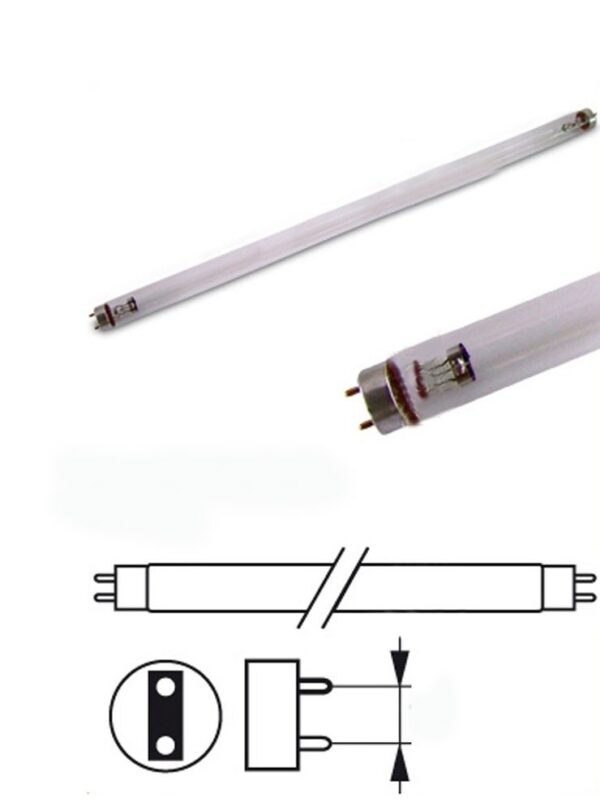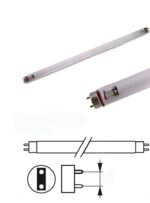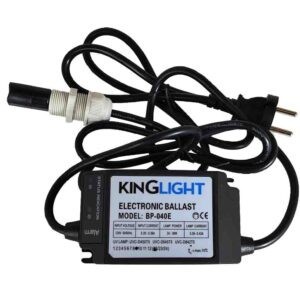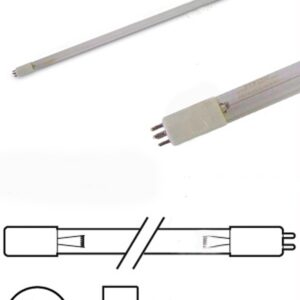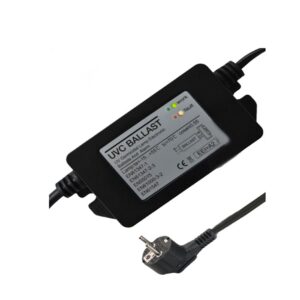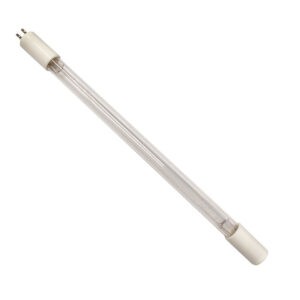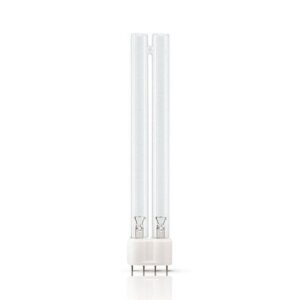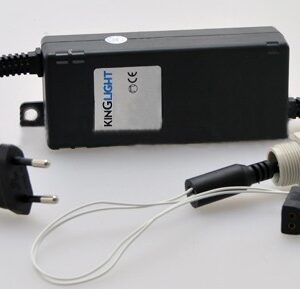UV rays
A wide variety of microorganisms in water can cause illness, especially for young and old, who may have weaker immune systems. UV light provides purification without adding chemicals that can produce harmful by-products and add unpleasant taste to water. Additional benefits include ease of installation, low maintenance and small footprint. UV has the ability to inactivate bacteria, viruses and protozoa. Each organism type requires a specific dose of UV for inactivation.
Philips uv lamps have many advantages:
– Low pressure mercury vapor discharge lamps
– Constant high UV-C emission for the entire life of the lamp
– Constant efficiency compared to a useful life of over 9000 hours (about 1 year)
– No ozone generation
– Very low mercury content of 5.5 mg
Characteristics:
– shortwave uv radiation with a peak of 253.7 nm (uvc) for effective bactericidal action
– the protective internal coating maintains the effectiveness of the flow of UV-C rays over time
– the attachments are resistant to high temperatures and UV rays
– G13 connection (2 pins per side)
– pin distance 13 mm
– lamp length 90.5 cm
– 30w
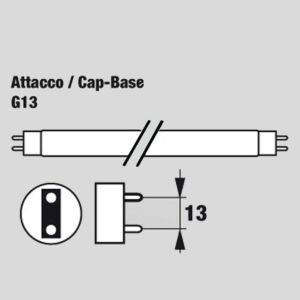
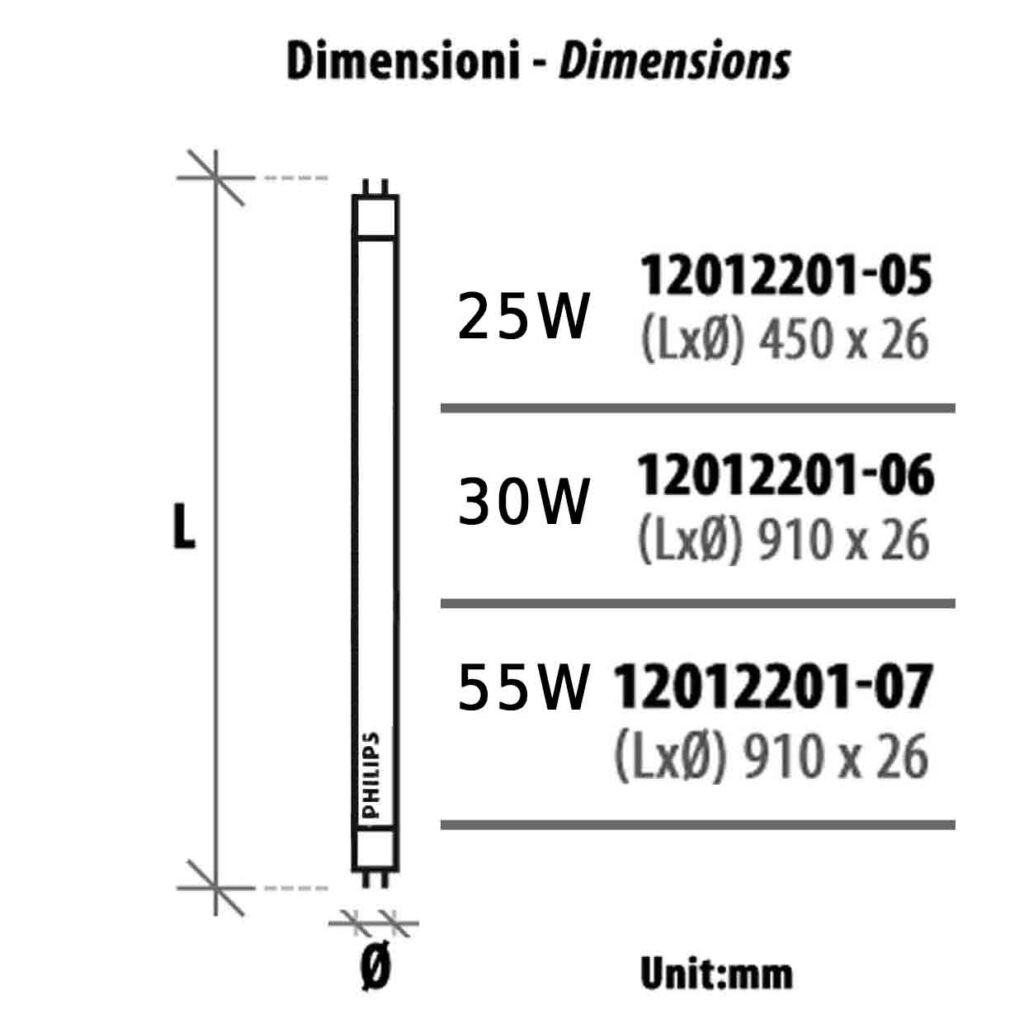
Application:
– neutralize the bacterial load present in the water
– with well water, reverse osmosis systems, disinfection plants
What are the factors that can influence the correct functioning of the lamp?
– The hardness of the water
– the iron
– the concentration of material suspended in the water
For this reason, in some cases it is necessary:
– softeners to reduce water hardness
– deferizers
– sediment filters
Attention
Product Ultraviolet Risk Group 3. These lamps emit high-power UV radiation which can cause serious injury
to the skin and eyes. Avoid eye and skin exposure to unshielded product. Use only in a closed environment that
acts as a radiation shield for the user.






